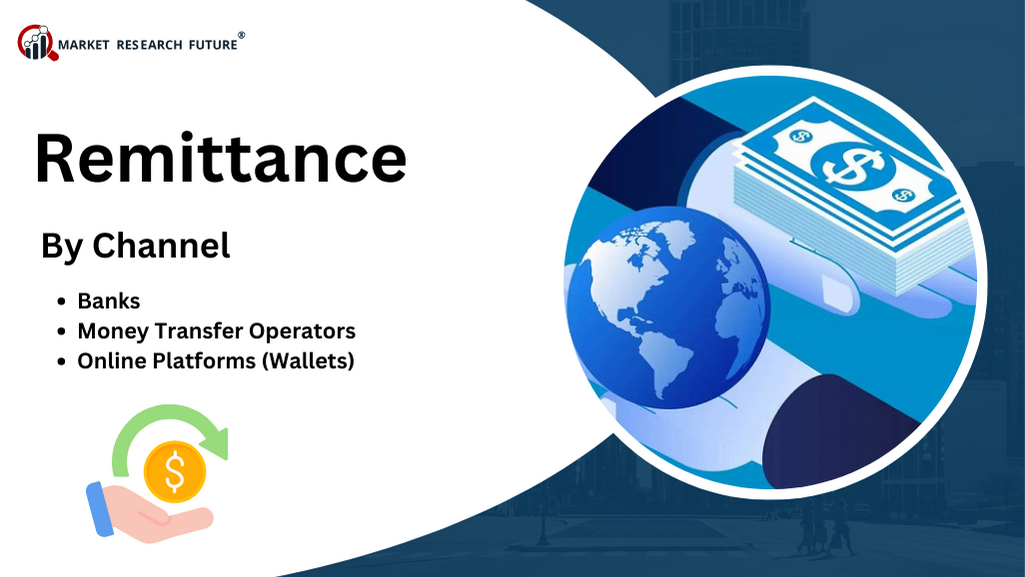The economic models that generate Remittance revenue are primarily derived from two key sources: transaction fees and the foreign exchange (FX) spread. The transaction fee is a direct, upfront charge that the sender pays to the service provider for facilitating the transfer. This can be a flat fee or a percentage of the amount being sent. The FX spread, which is often a larger and less transparent source of revenue, is the difference between the wholesale exchange rate at which the provider acquires the currency and the retail exchange rate that they offer to the customer. For decades, the high fees and wide FX spreads of traditional providers have been a major source of revenue for the industry, but also a major point of contention and a key target for disruption.
This revenue model, while under pressure, is supporting a market of immense and growing scale. The entire industry is projected to expand significantly, with its total market size expected to grow from USD 795.51 billion in 2024 to reach USD 1,000 billion by the year 2035. This growth is supported by a strong and consistent compound annual growth rate (CAGR) of approximately 2.1% during the forecast period. While the revenue per transaction (the "take rate") is declining due to intense competition from digital players, the total revenue of the industry is expected to remain strong and grow due to the increasing volume of transactions and the expansion of the overall market size.
The single biggest trend impacting the revenue model is the dramatic price compression being driven by the digital disruptors. By leveraging technology and operating with a much lower cost base, these new players have been able to offer significantly lower fees and more transparent, tighter FX spreads. This has forced the entire industry to become more competitive on price, which is a major win for consumers and is in line with the United Nations' Sustainable Development Goal of reducing the average cost of remittances to below 3%. This is fundamentally reshaping the revenue landscape, forcing all players to focus on volume and efficiency to maintain profitability in a lower-margin environment.
Looking ahead, the future of remittance revenue will be increasingly tied to the provision of adjacent financial services. As the core money transfer service becomes more commoditized and lower-margin, the most successful providers will be those who can use their remittance product as a customer acquisition channel for a broader suite of financial services. This could include offering multi-currency accounts, debit cards, micro-insurance, or personal loans to their established and trusting user base of migrants and their families. This evolution from a single-product transaction provider to a multi-product, relationship-based financial services platform is the key to unlocking new and more sustainable revenue streams in the future.
Explore Our Latest Trending Reports:
Mexico Palm Recognition Market



